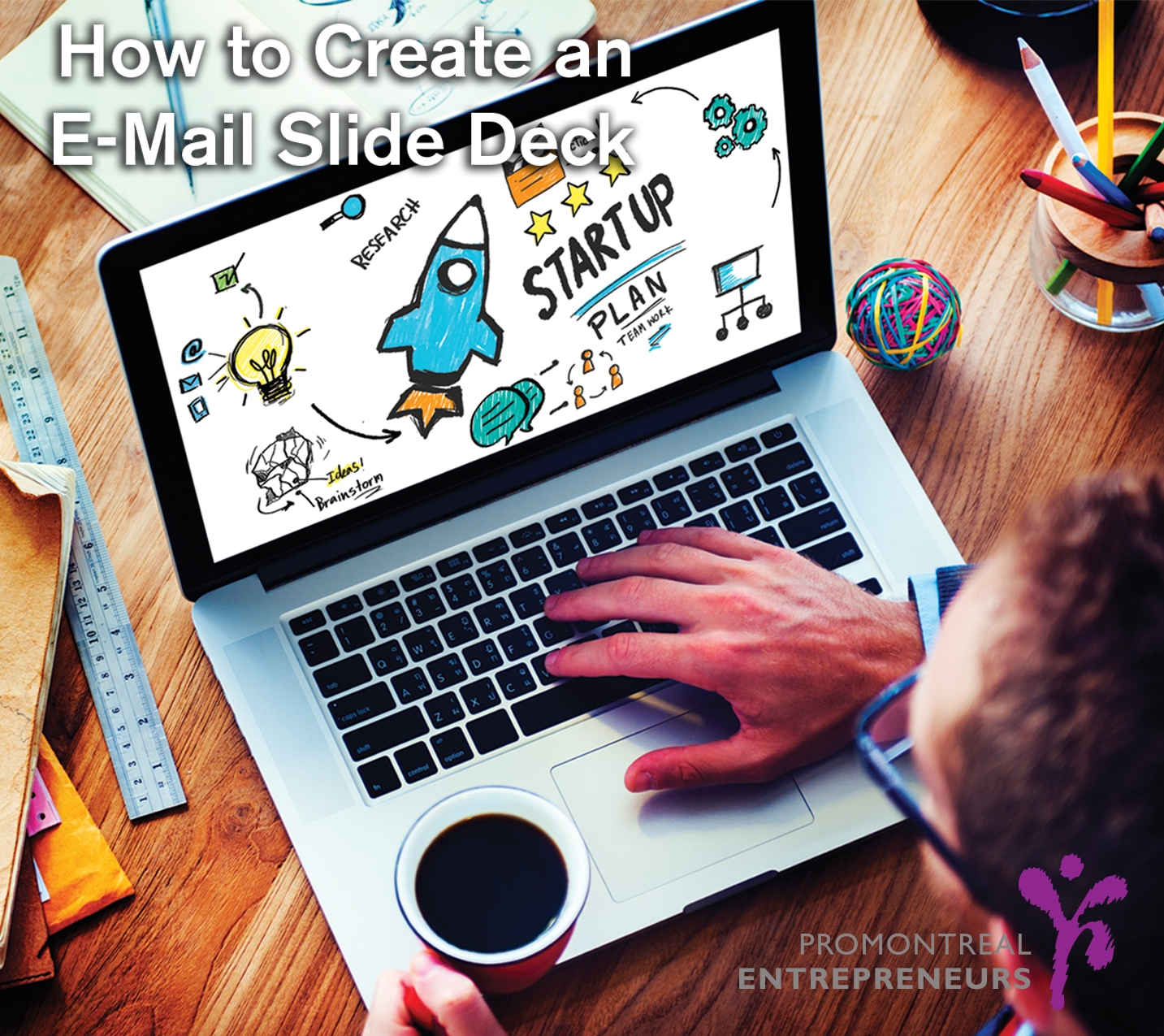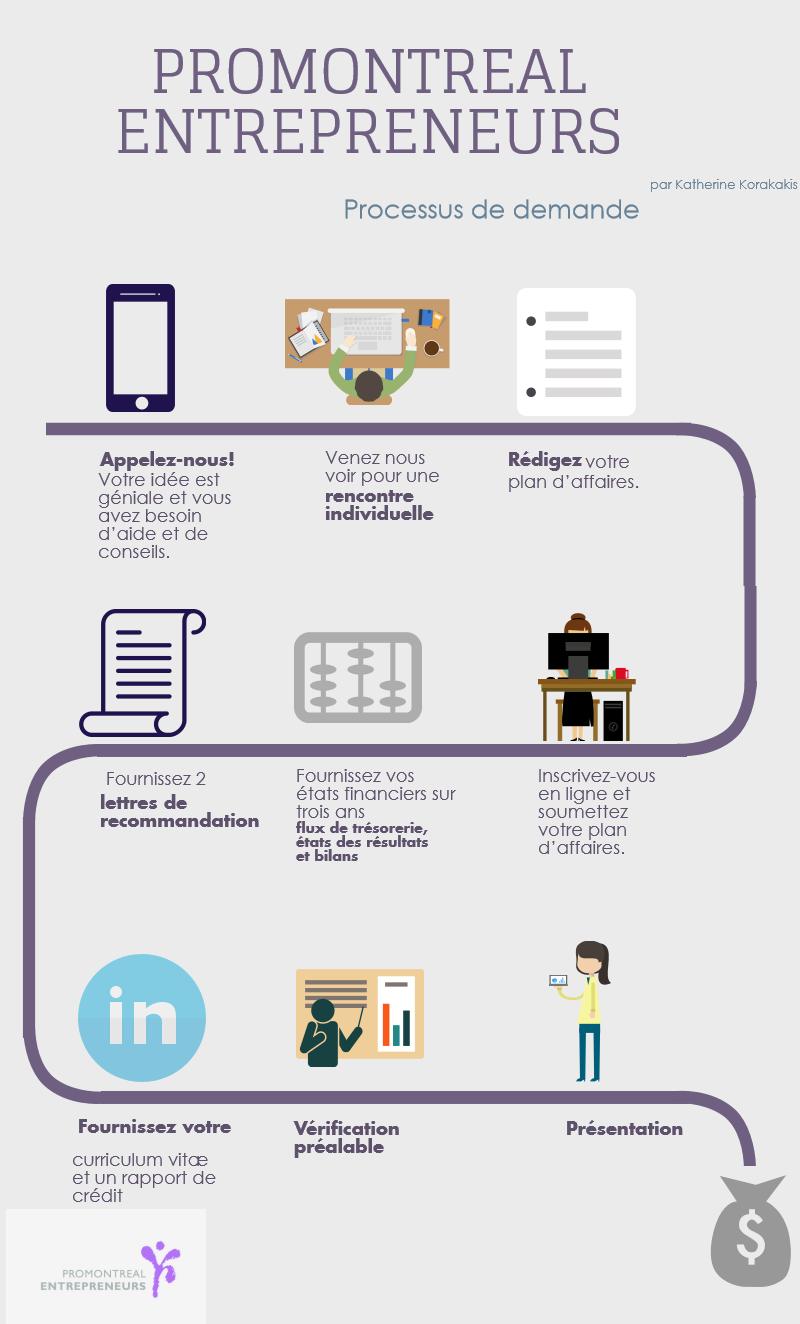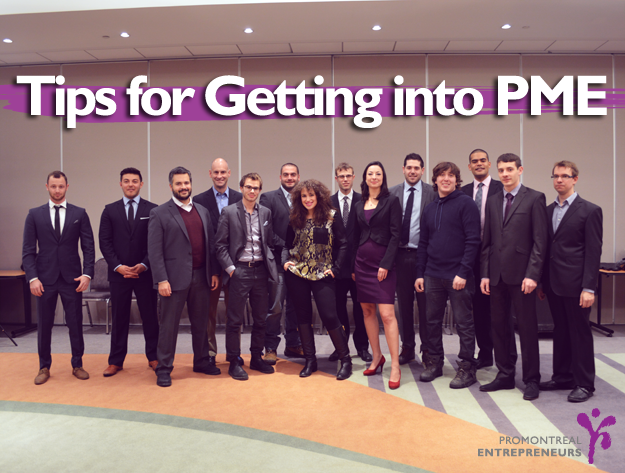
Il est important de disposer de différentes présentations en fonction afin d’être prêt en fonction de situations variées. Étant donné que tout point de contact avec un investisseur répond à un but différent, il est nécessaire d’avoir une présentation appropriée pour chaque type d’interaction. Par exemple, le courriel est une plateforme qui sert habituellement à organiser une réunion en personne avec un investisseur, il est donc préférable de se limiter à des informations essentielles (juste assez pour susciter de l’intérêt).
La présentation en personne, d’autre part, est d’une grande importance, car elle est utilisée pour convaincre les gens. Cela ne servira à rien si la présentation n’est pas réalisée correctement. Pour cette raison, elle doit être plus approfondie et plus détaillée. Le but de cet article est d’expliquer ce qu’il faut inclure dans vos diapositives pour une présentation en personne.
À ce stade, un investisseur a accepté d’écouter ce que vous avez à dire. Les conseils et les suggestions suivantes vous permettront d’utiliser à bon escient le temps qui vous est accordé.
-
Établissez une structure conforme à vos contraintes de temps
Diapositive 1: Vision/Rapide plaidoyer
Diapositive 2: Créer de l’intérêt/Validation
Diapositive 3: Débouchés
Diapositive 4: Le problème
Diapositive 5: Produit/Service (Solution)
Diapositive 6: Modèle de revenus
Diapositive 7: Marketing et stratégie de croissance
Diapositive 8: Équipe
Diapositive 9: Finances
Diapositive 10: Concurrence
Diapositive 11: Demande d’investissement
Diapositive 11+: Annexes ***
Vous pouvez utiliser une présentation légèrement différente, c’est correct. Assurez-vous seulement de présenter l’information essentielle dirigée vers le marché potentiellement lucratif que votre entreprise a l’intention de combler. La plus grande partie de votre temps devrait être consacrée au problème, au produit, au marketing et à la stratégie de croissance, et à l’aspect financier. Si vous souhaitez ajouter des diapositives supplémentaires, mais doutez de leur pertinence, placez-les dans les annexes. Gardez en mémoire l’utilisation d’hyperliens pertinents qui vous mèneront aux annexes prévues afin d’éviter de fouiller à travers les diapositives devant les investisseurs.
- Intégrez votre marque à vos diapositives
N’utilisez pas d’éléments qui donneront une allure générique ou amateur à votre marque. Clip art, des transitions de diapositives créées avec WordArt et trop d’animation auront tendance à diminuer la qualité de votre présentation. Prenez note que, parfois, moins on en met, mieux c’est. Utilisez les couleurs de votre entreprise, intégrez votre logo sur toutes les diapositives — n’utilisez pas un modèle PowerPoint préfabriqué, et n’ayez pas peur des polices standards. Même si vous n’êtes pas concepteur graphique ou génie du PowerPoint, créer une présentation professionnelle qui reflète votre marque peut requérir beaucoup de temps, mais c’est loin d’être compliqué.
- Créez une histoire




 As an entrepreneur you will have to set up meetings with many potential lessors, especially in the early stages of business development. The last thing you want to do when meeting a potential financer is to look unprepared and disorganized.
As an entrepreneur you will have to set up meetings with many potential lessors, especially in the early stages of business development. The last thing you want to do when meeting a potential financer is to look unprepared and disorganized. La communication par courriel et l’étiquette s’appliquant à l’usage de cette plateforme font partie intégrante de la pratique concrète des affaires. En tant qu’entrepreneur, vous devrez préparer et
La communication par courriel et l’étiquette s’appliquant à l’usage de cette plateforme font partie intégrante de la pratique concrète des affaires. En tant qu’entrepreneur, vous devrez préparer et  E-Mail communication and etiquette is an integral part of business practicality. As an entrepreneur you will have many slide decks to prepare and send by e-mail prior to an in-person meeting with investors. Though you may find the information in your numerous slide decks redundant and contemplate one deck for all occasions, don’t. While it may take more time to customize your slide decks, keep in mind that your potential investors will want information catered to their needs and interests at a given time. When sending a slide deck by e-mail to spark an investor’s interest, a few rules of thumb apply.
E-Mail communication and etiquette is an integral part of business practicality. As an entrepreneur you will have many slide decks to prepare and send by e-mail prior to an in-person meeting with investors. Though you may find the information in your numerous slide decks redundant and contemplate one deck for all occasions, don’t. While it may take more time to customize your slide decks, keep in mind that your potential investors will want information catered to their needs and interests at a given time. When sending a slide deck by e-mail to spark an investor’s interest, a few rules of thumb apply. 



